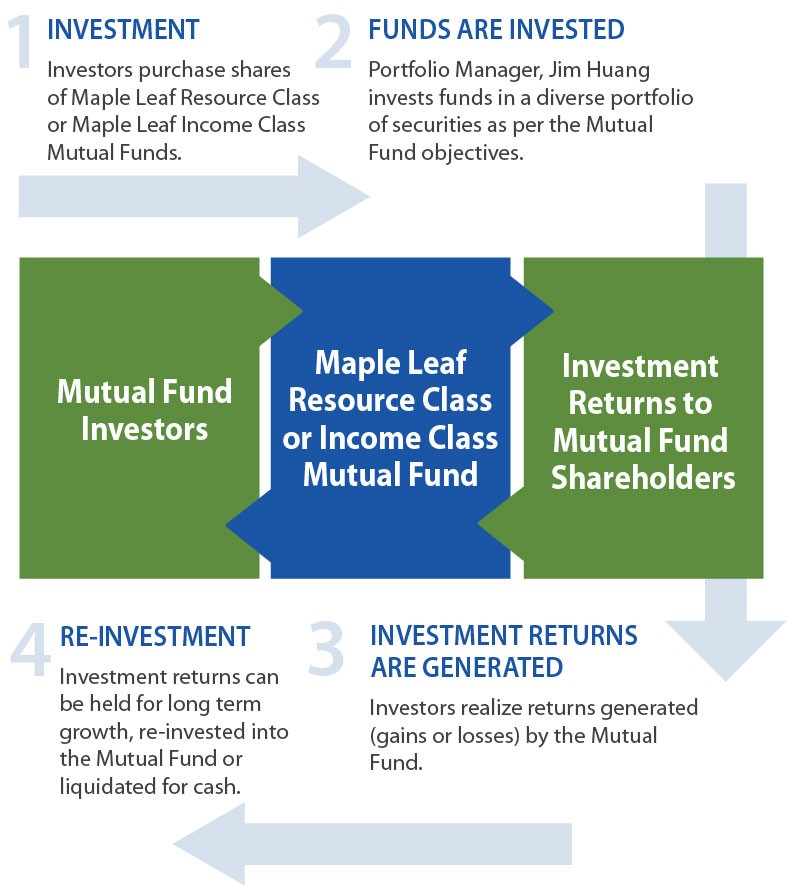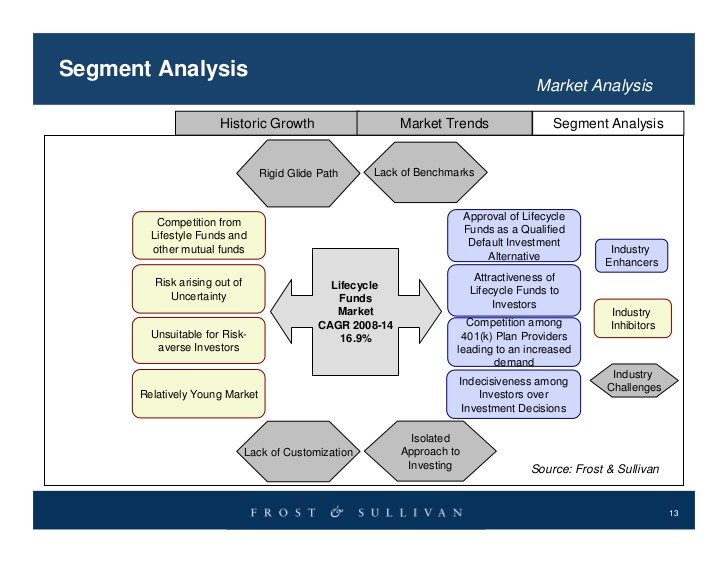Lifecycle Funds
Post on: 13 Июнь, 2015 No Comment

Most of the big mutual-fund firms now offer lifecycle funds, sometimes called targeted or age-based funds. These funds, which vary their asset mixes among stock, bond, and money market funds to become more conservative as they approach a target date, are marketed as a simple, one-stop solution to retirement investing. And they have become very popular. They’re appearing in more and more employer-sponsored retirement plans as companies look to make it as easy as possible for their employees to invest responsibly.
But while they’re certainly simple — you put all your money in, and the fund company does the rest — are they really the best choice?
In the kitchen
For the fund companies, the benefit of offering lifecycle funds is clear: They’re funds of funds, meaning they invest in other mutual funds from the same fund family. If you invest as they intend — putting all of your retirement assets into a single lifecycle fund — then your entire retirement portfolio will be invested with their firm. In fact, some of the earliest lifecycle funds were developed in the 1990s by retirement-plan providers such as Fidelity. which were facing increasing pressure to include multiple fund families in the plans they serviced. Lifecycle funds were, and are, seen as a way to keep assets — and fees — from leaving the fund family.
Lifecycle funds have been a genuine enhancement to many retirement plans, especially those that have struggled to get their participants actively involved in managing their investments. In recent years, many companies, concerned about relatively low rates of participation in their 401(k) plans, have started automatically enrolling new employees in the 401(k) plan and have started deducting contributions from their paychecks right away, unless the employees opt out.
Until a few years ago, those default contributions generally went to a money market fund, where they were safe but earned relatively little in the way of returns. And that’s where they stayed until the employee took action to direct them elsewhere. But too many employees never bother to make those choices, so some companies have recently sought to take the autopilot concept one step further — by directing those default contributions into the lifecycle fund most appropriate for the employee’s age. In that sense, these funds have been a huge boon. They’ve given employees who just won’t take action to save for retirement a minimum level of reasonably well-allocated retirement savings.
Fast food
But what about us? Like fast food, lifecycle funds are convenient, but they aren’t always a healthy choice. To begin with, their asset allocations often err on the side of being overly conservative. This month’s issue of the Fool’s Rule Your Retirement newsletter, undertaking an in-depth analysis of the allocations these funds use, points out that different managers use vastly different allocations even for the same target retirement date. Not only does being too conservative create the risk that you won’t make it to your retirement goals, but the different asset allocations also raise another point — if the fund companies themselves can’t agree on a single appropriate asset allocation, how can we expect one size to fit all investors?

And speaking of one size fitting all, you’ll often find substantial duplication within a target maturity fund. For instance, a look at the top 10 holdings of the stock funds in Fidelity Freedom 2035’s portfolio shows several familiar large-cap names repeating themselves over and over, including ExxonMobil ( NYSE: XOM ) , American International Group ( NYSE: AIG ). and AT&T ( NYSE: T ). This isn’t unique to Fidelity — most lifecycle funds tend to be heavily loaded with large- and mid-cap stocks — but it does mean that a Fool who wants significant small-cap exposure might be better off cooking from scratch.
Doing your own cooking
Clearly, whatever your risk tolerance and investment goals, no lifecycle fund is likely to fit you as well as a portfolio you assemble yourself. For most Fools, there are better choices. That said, if your employer’s 401(k) plan has only a small number of other options, a lifecycle fund might be a sensible way to go. But don’t just pick the one closest to your retirement date without looking at the ingredients. As we’ve seen, asset allocations vary widely, and there’s no rule that says you can’t pick a fund with a target date that’s farther out than — or closer to — your retirement date, if that would give you the best balance between growth and being able to sleep soundly at night.
For more on the lifecycle-fund trend, take a look at this month’s Rule Your Retirement newsletter. Access to this and much more is yours free with a 30-day trial .
Fool contributor and barbecue enthusiast John Rosevear prefers to do his cooking at home, preferably over oak and hickory coals. He does not own shares of any of the funds or companies listed. The Motley Fool’s disclosure policy is slow roasted, zestfully sauced, and always finger-lickin’ good.














